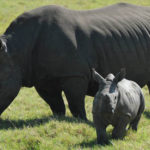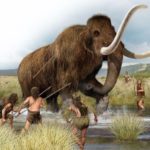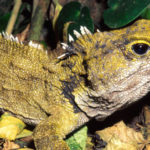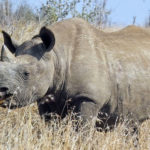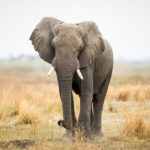25 Interesting facts about extinct animals
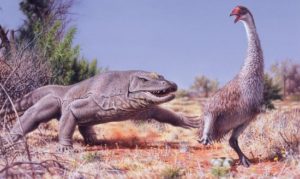 The ancient animals, now extinct, still continue to plunge paleontologists and biologists into amazement. The variety of life forms on Earth was once much wider than it is now, and fossil finds each time confirm this. But evolution is merciless, and many ancient animals obviously could not adapt to the changing conditions of life, and therefore disappeared from the face of the planet.
The ancient animals, now extinct, still continue to plunge paleontologists and biologists into amazement. The variety of life forms on Earth was once much wider than it is now, and fossil finds each time confirm this. But evolution is merciless, and many ancient animals obviously could not adapt to the changing conditions of life, and therefore disappeared from the face of the planet.
For all the history of ancient species known to us, there existed on Earth more orders of magnitude than it does now.
Many extinct animals have living relatives similar to them. For example, elephants and rhinos now exist, and several tens of thousands of years ago, woolly rhinos and mammoths roamed across the north.
One of the most ancient animals are jellyfish. They appeared about 600 million years ago, and since then they have not changed much.
Blue whales are larger than the majority of extinct animals that ever inhabited our planet.
Another 40 thousand years ago there were megalanias, giant monitor lizards 9 meters long and weighing 2 tons. Modern Komodian monitor lizards are very similar to them, but they are much smaller.
The largest extinct shark was the megalodon. In length, these fish reached 30 meters, which is comparable to the height of a 10-storey building.
Primitive people in North America had to fear the Fororakos, the huge birds of prey flightless. Fororakos reached a height of three meters. However, primitive hunters still exterminated them all.
Another interesting extinct animal is a saber-toothed tiger, or smilodon. He died out only about 10 thousand years ago, after the large animals like the mammoths, which he hunted, disappeared.
Some extinct animals of the seas and oceans were notorious predators. Such was, for example, the basilosaurus, a predatory whale, far surpassing modern sperm whales in all parameters.
Only about 12 thousand years ago in the world there were now other ancient animals – short-bears. With a length of up to 3.5 meters and a weight per ton, or even more, they even surpassed polar bears.
One of the subspecies of zebras, quagga, has recently died out, just like the dodo bird and the marsupial wolf.
Modern lions are dangerous and skillful predators, but about 30 thousand years ago in Africa there were other extinct animals that were not related to them, however, by relatives. They were marsupial lions, relatively small but agile predators weighing 100-120 kg and up to 1.5 meters long.
The largest extinct birds were the argentavis that existed in South America. Their wingspan reached 8 meters, and this heavenly predator weighed up to 70 kg.
In Ireland, about 8 thousand years ago, giant deer lived. The width of their horns could exceed 3.5 meters.
There were about 6000 thousand species of ancient monkeys on Earth, but only 160 of them have survived to this day.
Ostriches were once found in New Zealand. Then primitive settlers arrived from the mainland, who launched a hunt for them, and several centuries ago the last moas were exterminated.
In 2006, due to pollution of river waters, the last bayji, Chinese river dolphins, became extinct.
Extinct animals often exceeded their modern ancestors in size. So, deinozuhi, ancient crocodiles, reached 15-16 meters in length, and weighed up to 15 tons. They died out 70 million years ago.
Gigantopithecus were the largest of the extinct primates. These ancient monkeys weighed about half a ton, and their height reached 4 meters.
Shrimp are not only small. So, the extinct anomalokarisy animals, half a billion years ago inhabiting almost all the seas and oceans, were just two-meter-long shrimp.
The largest ancient dinosaur was a herbivorous Patagotitan, resembling a diplodocus and dwelling on the territory of modern Argentina. With a body length of up to 37 meters, its weight could reach 70 tons.
The largest land predator ever walked the Earth was the famous Tyrannosaurus Rex. They weighed up to 10 tons to a length of about 12 meters.
Some ancient animals were truly creepy. For example, arthroplure, the largest invertebrate ever lived on our planet. It was an omnivorous predatory centipede 2.5 meters long, feeding on both vegetation and meat.
According to statistics, about 99.9% of all species that ever existed on the earth are extinct.
The largest extinct snake was a titanoba, a relative of the living boas. With a length of up to 15 meters, this ancient snake weighed about 1 ton.

